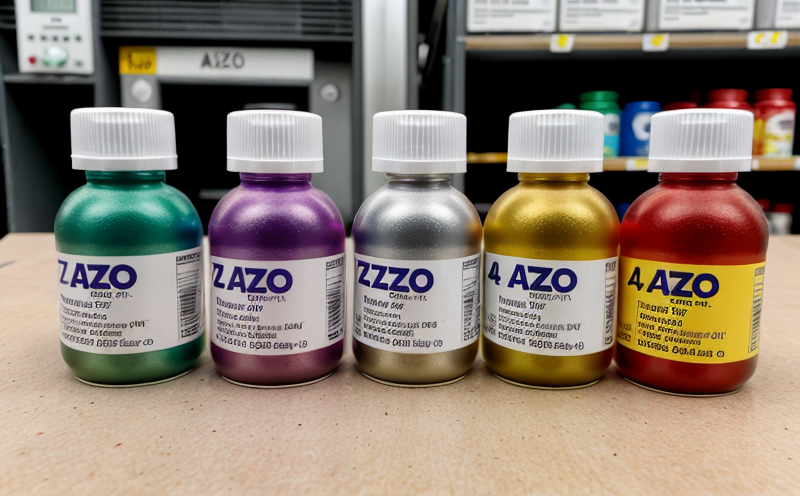EPA 3052 Microwave digestion for metals in consumer textiles
The EPA Method 3052 is a critical procedure used to determine the presence and concentration of heavy metals in various types of consumer textiles. This method involves microwave-assisted acid digestion, which effectively breaks down organic matrices, releasing metals into solution for precise quantification. The process is essential for ensuring compliance with regulatory standards that protect human health from harmful elements found in clothing and other textile products.
The EPA Method 3052 is widely recognized for its reliability and accuracy, making it a cornerstone of environmental and consumer protection initiatives. It is particularly valuable in the textile sector where trace contaminants can pose significant risks if not properly managed. Textiles that come into direct contact with skin, such as apparel, bedding, and children's wear, are especially scrutinized due to potential health hazards associated with heavy metal exposure.
The method uses a combination of nitric acid (HNO3) and perchloric acid (HClO4) for the digestion process. The use of these acids ensures that even minute quantities of metals are detectable, allowing for thorough analysis of textile samples. The microwave-assisted digestion step accelerates the breakdown process, reducing digestion time from hours to minutes.
The resulting solution is then analyzed using inductively coupled plasma mass spectrometry (ICP-MS) or atomic absorption spectroscopy (AAS), both of which are highly sensitive and precise analytical techniques. These instruments provide accurate quantification of metals such as lead, cadmium, chromium, nickel, and mercury.
Compliance with EPA 3052 is crucial for manufacturers, importers, and retailers to ensure that products meet stringent safety standards set by regulatory bodies like the Consumer Product Safety Commission (CPSC) in the United States. Non-compliance can lead to product recalls, legal action, and damage to brand reputation.
In summary, EPA 3052 microwave digestion is a robust technique for identifying heavy metals in consumer textiles. Its precision and reliability make it an indispensable tool in the quality control processes of the textile industry, ensuring that products are safe for consumers.
Applied Standards
| Standard | Description |
|---|---|
| EPA Method 3052 | This method specifies the use of microwave digestion for the extraction of metals from solid matrices. It is widely recognized and applied across various industries to ensure compliance with environmental regulations. |
| ISO 17025:2017 | This international standard ensures that testing laboratories have the capabilities to perform specific tests accurately and reliably. Compliance with ISO 17025 is a prerequisite for labs conducting EPA 3052 digestion. |
| ASTM D6886-14 | This American Society for Testing and Materials standard provides guidelines for the use of ICP-MS in metal analysis, which is often employed post-digestion to quantify metals. |
Benefits
- Precise identification of heavy metals
- Efficient digestion process with reduced time requirements
- Enhanced reliability and accuracy through standardized methods
- Compliance with stringent regulatory standards
- Reduction in environmental impact by ensuring safe disposal practices
- Protection of consumer health from harmful substances
- Informed decision-making for product development and quality assurance
Competitive Advantage and Market Impact
Adopting EPA 3052 microwave digestion ensures that a company remains at the forefront of compliance with international standards. This not only protects against potential legal issues but also enhances brand reputation by demonstrating a commitment to product safety and environmental stewardship.
By implementing this method, businesses can differentiate themselves in competitive markets where consumer trust is paramount. Regulatory non-compliance can result in costly recalls and loss of market share. Therefore, adhering to EPA 3052 demonstrates proactive management of risks and ensures long-term sustainability.
The ability to accurately identify and quantify heavy metals allows for targeted improvements in product design and sourcing practices. Companies that invest in advanced testing methods like EPA 3052 are better positioned to innovate and meet evolving consumer expectations, thereby gaining a competitive edge.
Moreover, compliance with such standards can open up new market opportunities by enabling access to regions with stringent regulations. This strategic approach not only mitigates risks but also positions the company as an industry leader in safety and innovation.





